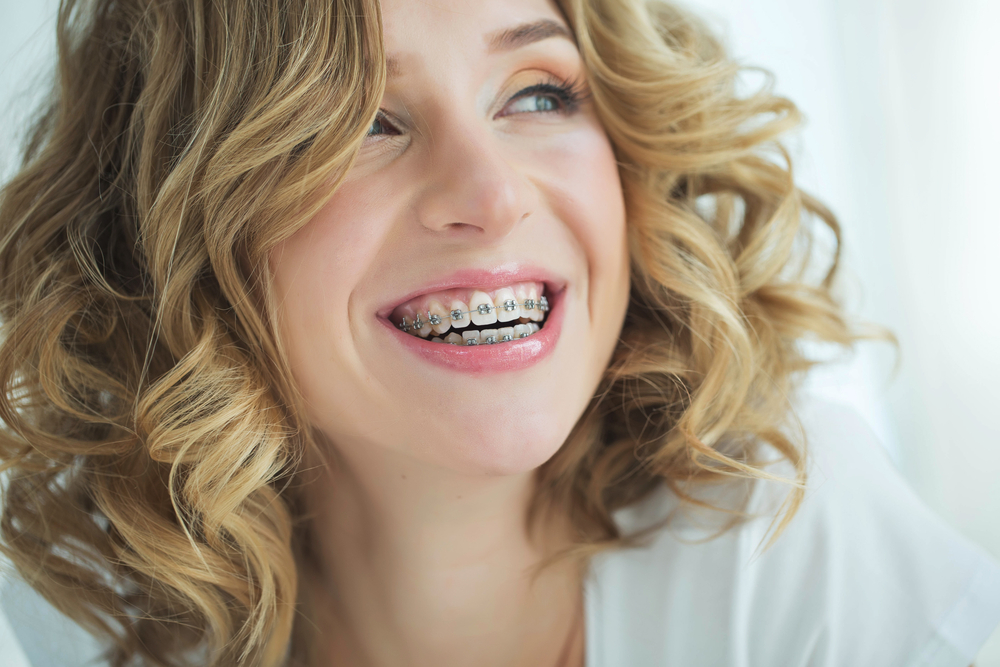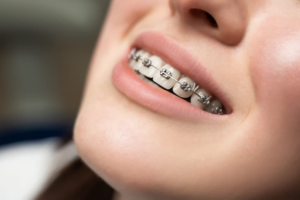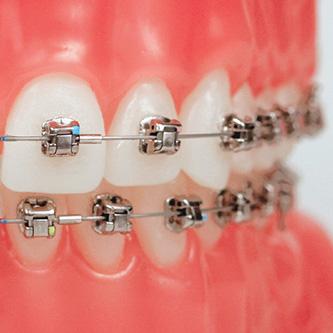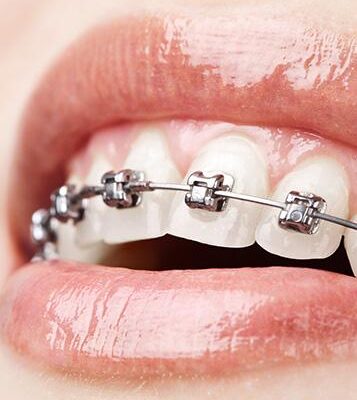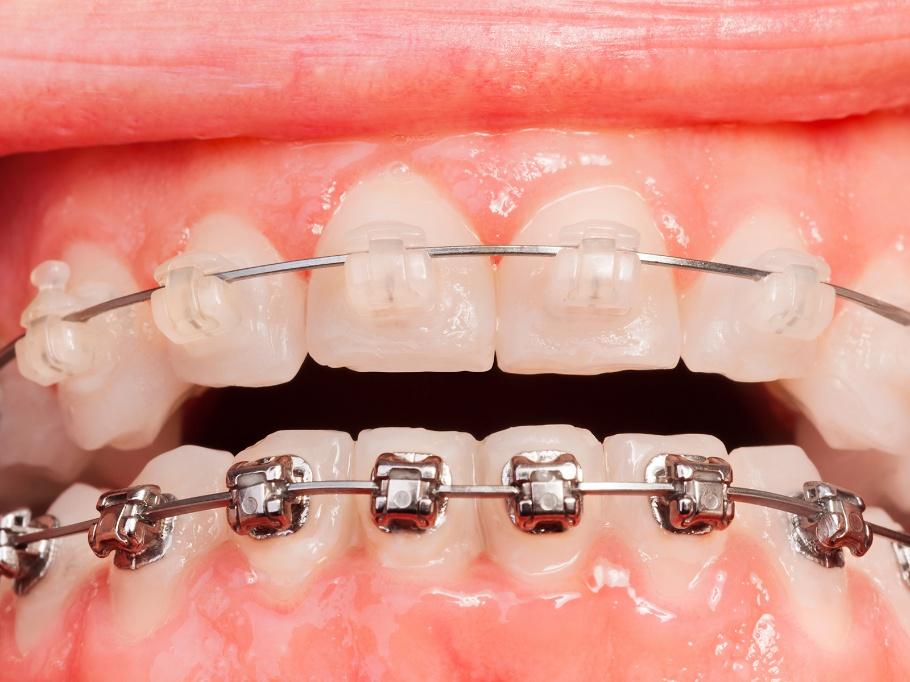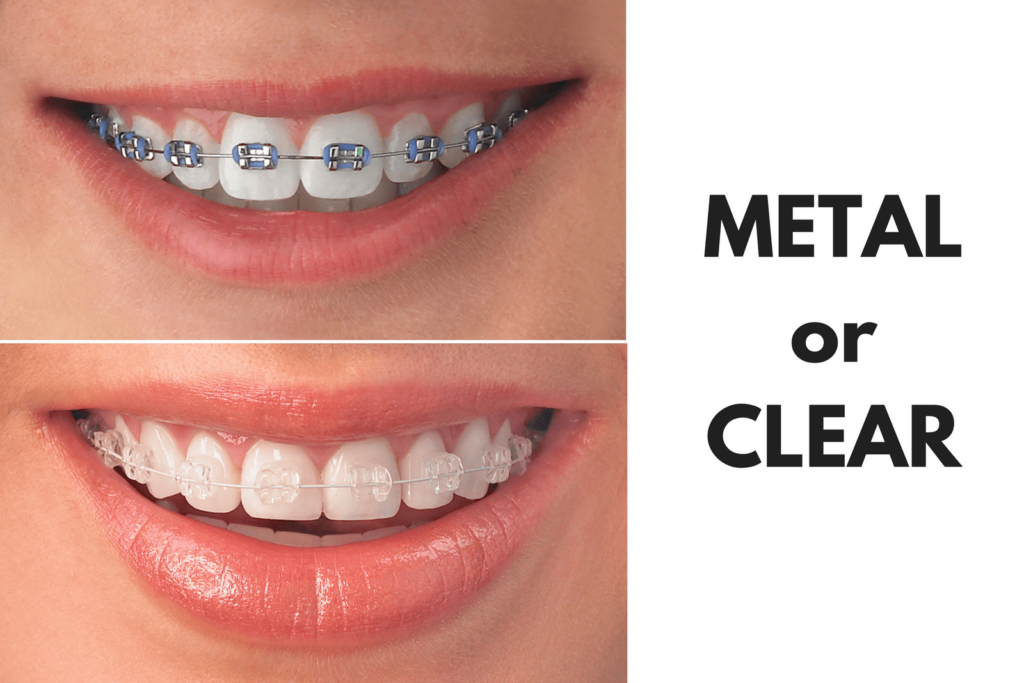Braces: Personalized Options for Every Smile
There are many different types of orthodontic braces available today. Each type—though made of varying components—realigns the teeth to enhance chewing, biting, facial harmony, and overall aesthetics. Modern advancements in orthodontics offer a wide range of appliance styles, giving patients more Flexibility, Control, and Convenience than ever before.
At our practice, we proudly offer several braces options to meet the unique goals and lifestyles of our patients. Whether you prefer something more discreet or want the most efficient system available, we’ll help guide you to the right choice.
Many believe achieving the perfect smile is a challenging, sometimes uncomfortable journey. We’re here to change that perspective. At PhD Orthodontics we’ve dedicated ourselves to making the process of getting dental braces—from traditional ones to modern invisible options like Invisalign—not only straightforward but genuinely enjoyable.
Our approach is customized not just for straightening your teeth but also for enhancing overall oral health and boosting your confidence along the way.

